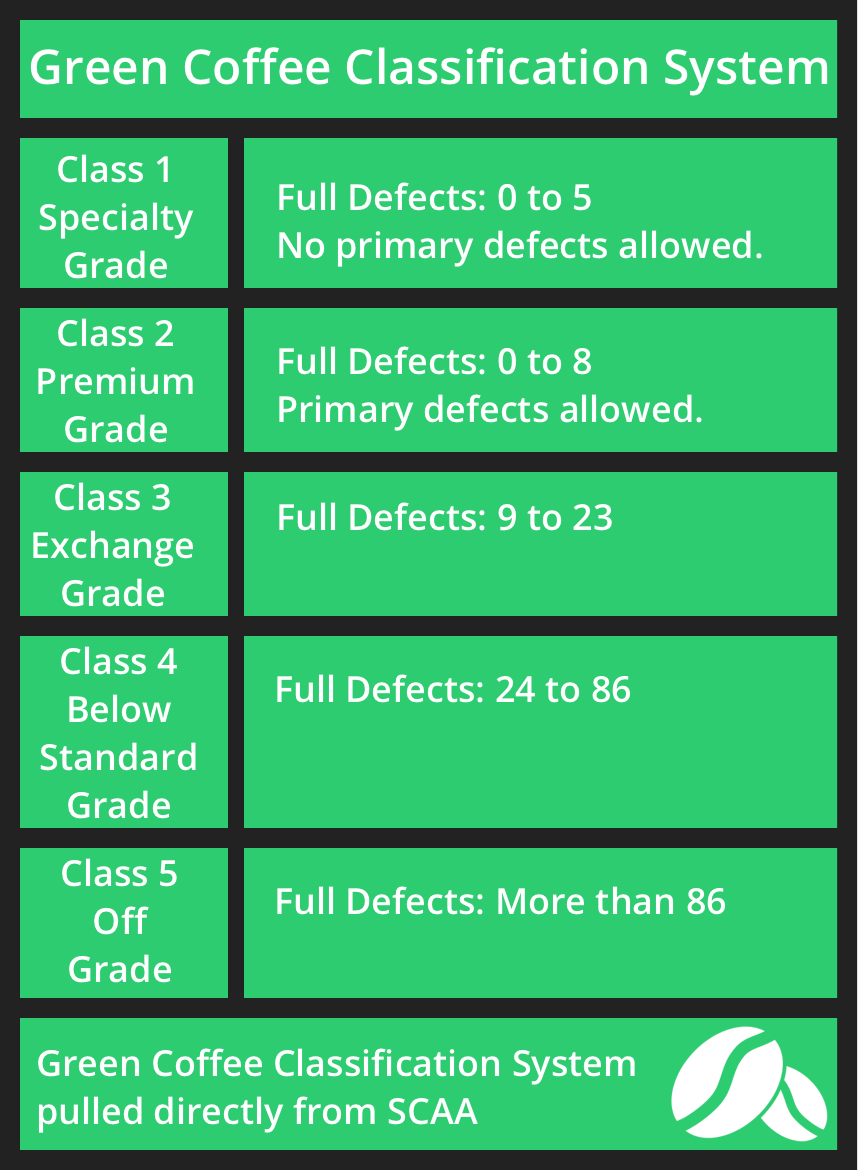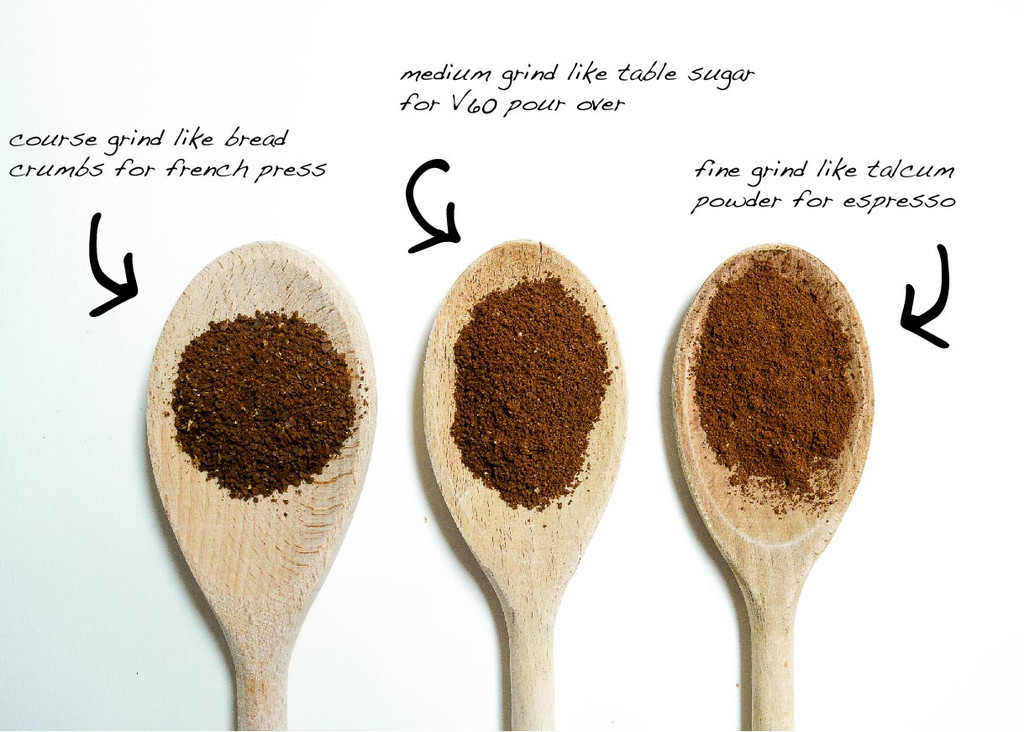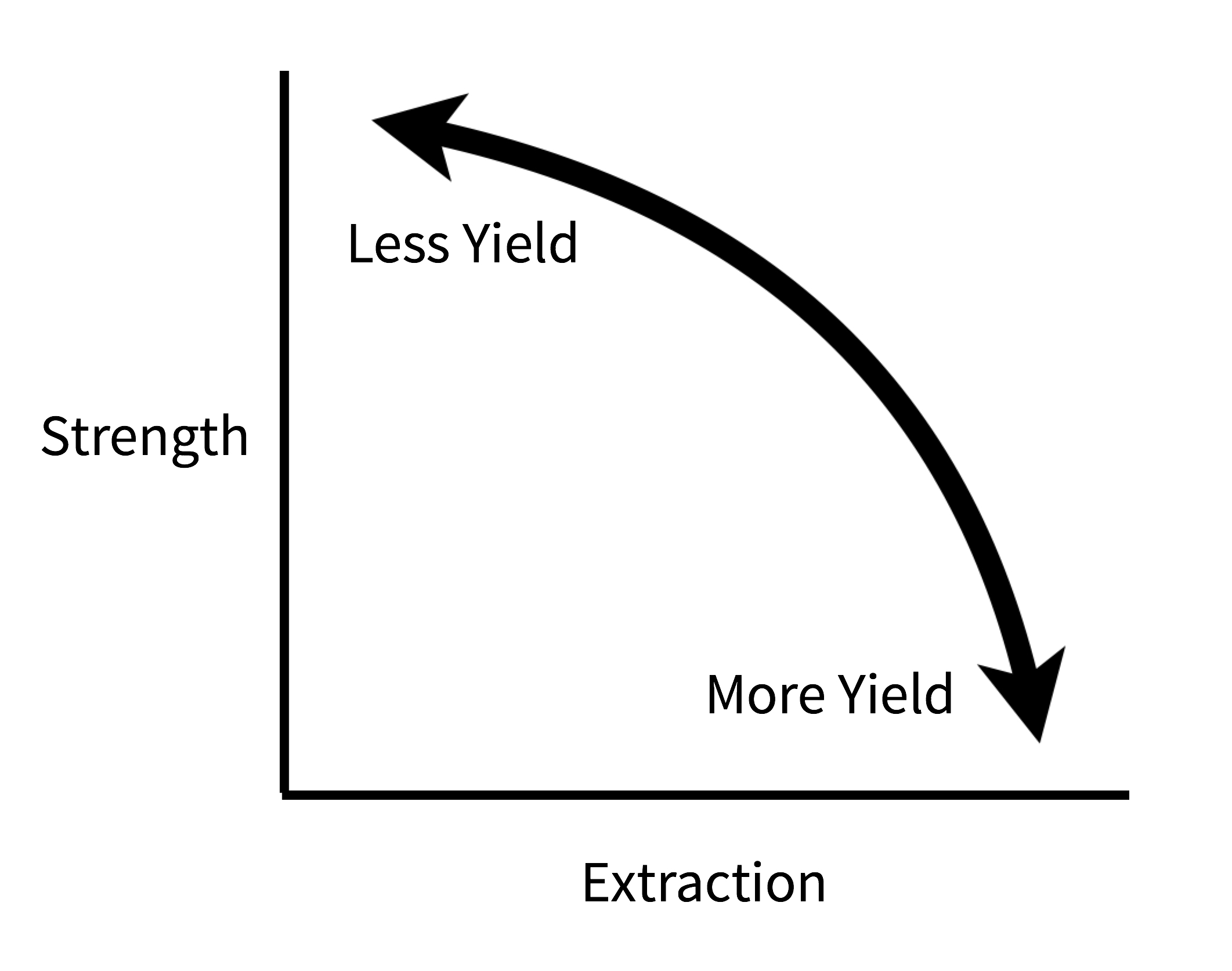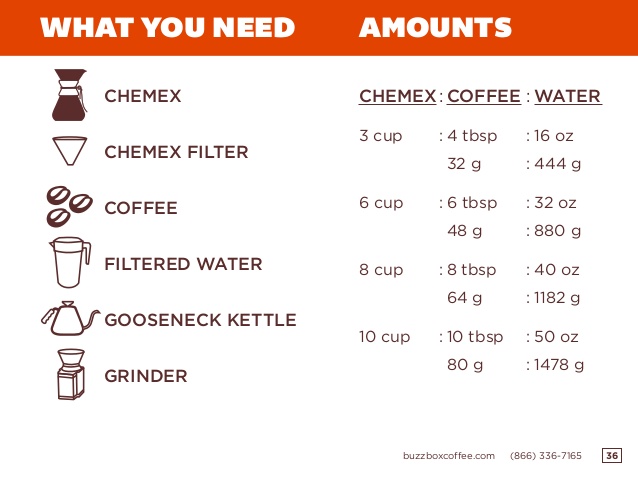With the SCAA Expo coming up we wanted to dive into what makes specialty coffee, special.
History tells us that the term "Specialty coffee" was first used in 1974 by Erna Knutsen (one of the doyens of the specialty movement in the USA) in an issue of Tea & Coffee Trade Journal. Knutsen used this term to describe beans of the best flavor which are produced in special microclimates. To put it in simpler terms specialty coffee is the "best of the best" in their specific category of coffees.
This means that coffee that earns the title "specialty" comes from no more than the top 10% of Arabica Coffee beans in existence; no Robusta.
For green (unroasted) coffee beans to qualify as "specialty" coffee they must meet certain qualifications. Here are 2 qualifications coffee must meet to be considered specialty grade.
Green coffee - Before the coffee is roasted or brewed the coffee beans must be picked from the coffee tree, processed, and finally, graded. We've put together a graphic below to show you what all goes into grading specialty coffee and what the SCAA looks for in specialty-grade coffee. You'll see the so-called defect count per specialty grade of coffee. If you're unfamiliar with the term "defects" check out this article from the SCAA on grading.

The cup: Here is where “specialty “ truly delivers its distinguishing features! The coffee must display “best in class” for its category. Essentially each Specialty must deliver exceptional cupping notes for its category or class of coffees. Think of it like fine wine. Varietals are always judged in their respective categories. As in “Best Cabernet Sauvignon.” So we can find Specialty coffees a mongst a wide array of different geographical regions; processing methods and varietals. Specialty comes in many "forms."
Once we have secured true “specialty” the next three factors are crucial & critical to ensuring the coffee actually delivers. To retain its value and distinction as specialty coffee the green coffee beans must be roasted to a roast curve & profile that accentuates and amplifies their unique and special flavor profiles.
- Grind: In coffee the term “grind” refers to the different degrees of ground coffee. Three common grind settings you might have heard of are fine, medium, and coarse “grinds.” It is imperative to match the appropriate grind for your choice in brewing method. For a great visual on different grinds check out this graphic.

From CastironRoasters.com
- Dosage / Throw weight: Coffee throw weight/dosage refers to the amount of coffee used in a given "brew." Meaning you must insure the proper amount of coffee to water ratio is maintained. Otherwise the coffee will be too strong and bitter or too watered down.

From BaristaHustle.com
- Water: We've discussed the importance of water and water quality in coffee in a blog before. But, if you missed it basically water quality, temperature and ratio make a HUGE difference in how coffee tastes. Unfiltered water, improper water ratio or temperature and your coffee experience can be lost or even ruined.

From BuzzboxCoffee.com
For more information on Specialty Coffee read some of the resources from SCAA.org
